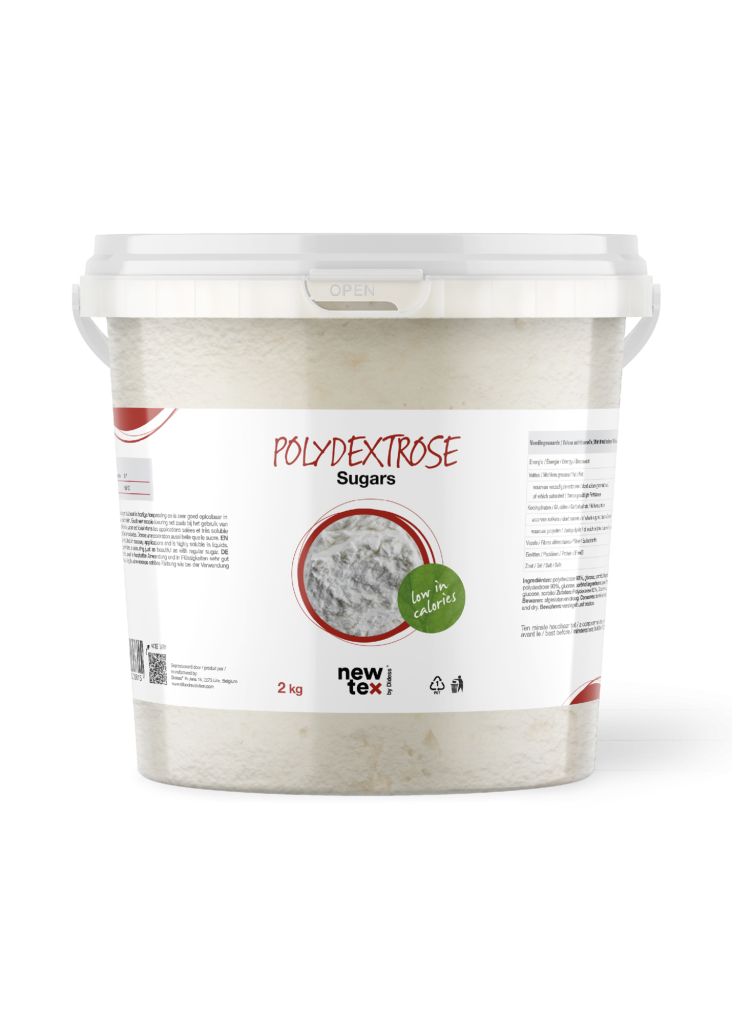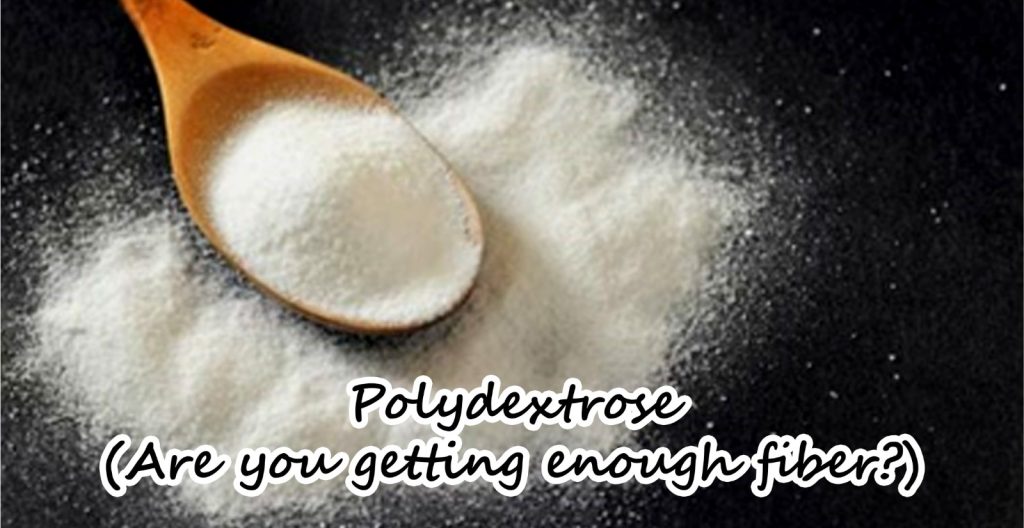What’s Polydextrose powder?
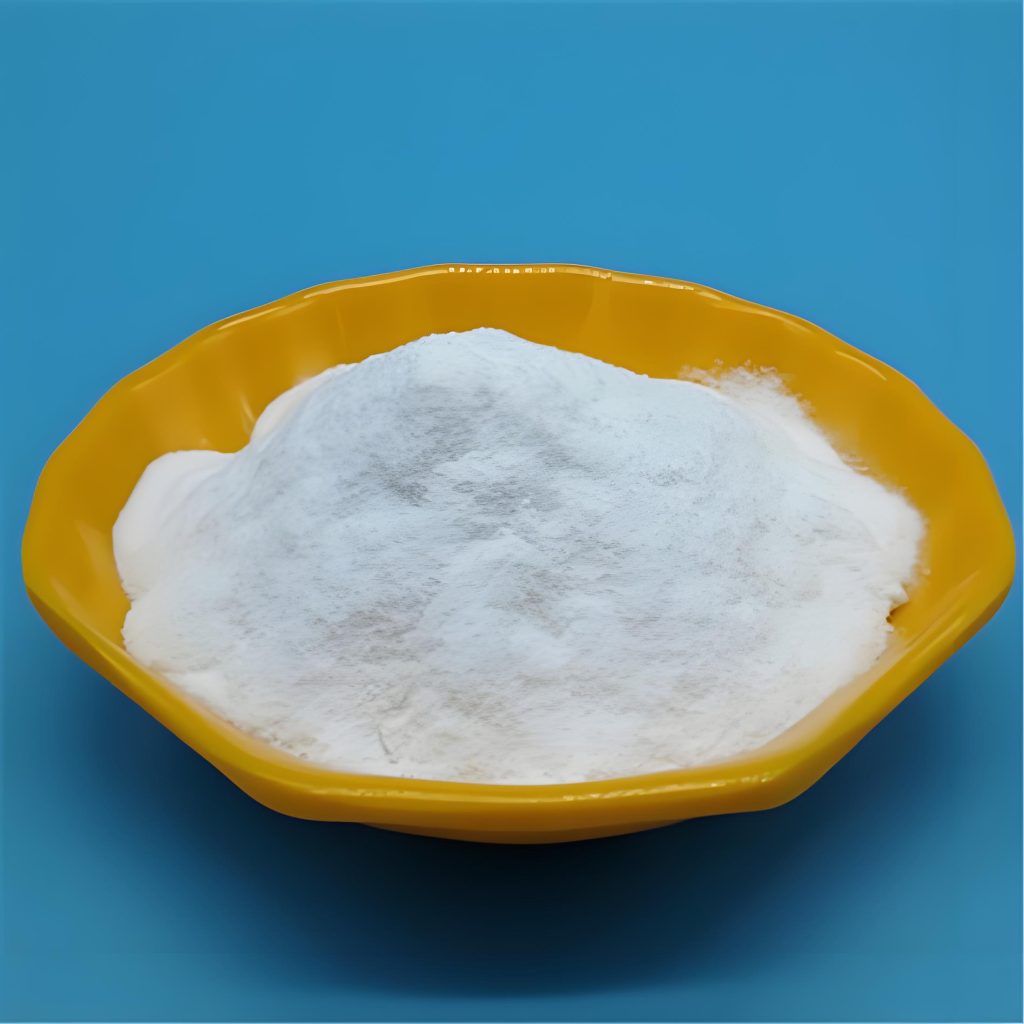
Polydextrose (PDX) is a non-digestible oligosaccharide used widely across most sectors of the food industry. It is a randomly linked glucose oligomer containing small amounts of sorbitol and citric acid. The random bonds in PDX prevent mammalian digestive enzymes from readily hydrolyzing the molecule and it has a reported energy value of 1 kcal/g. These properties have led to the acceptance in many countries that PDX provides similar physiological effects as other dietary fibers and has shown prebiotic potential.
Dietary intervention with prebiotics has been shown to selectively stimulate the growth and/or activity of one or a limited number of intestinal bacteria associated with several physiological benefits on health. Therefore, the objective of this review was a survey of the literature on the effect of supplementation with PDX in health, and to list the benefits for maintaining health and/or reducing the development of diseases.
Polydextrose is a complex carbohydrate made from glucose. It’s made in a lab and is not digested by the body. Polydextrose is often used as a prebiotic.
Polydextrose does not get digested by the human body. Instead it’s digested by good bacteria found in the colon. This helps the good bacteria to grow, which is why it’s used as a prebiotic. Prebiotics act as food for probiotics (good bacteria).
People use polydextrose for constipation, prediabetes, diabetes, irritable bowel syndrome (IBS), and many other conditions, but there is no good scientific evidence to support these uses.
Is polydextrose powder safe?
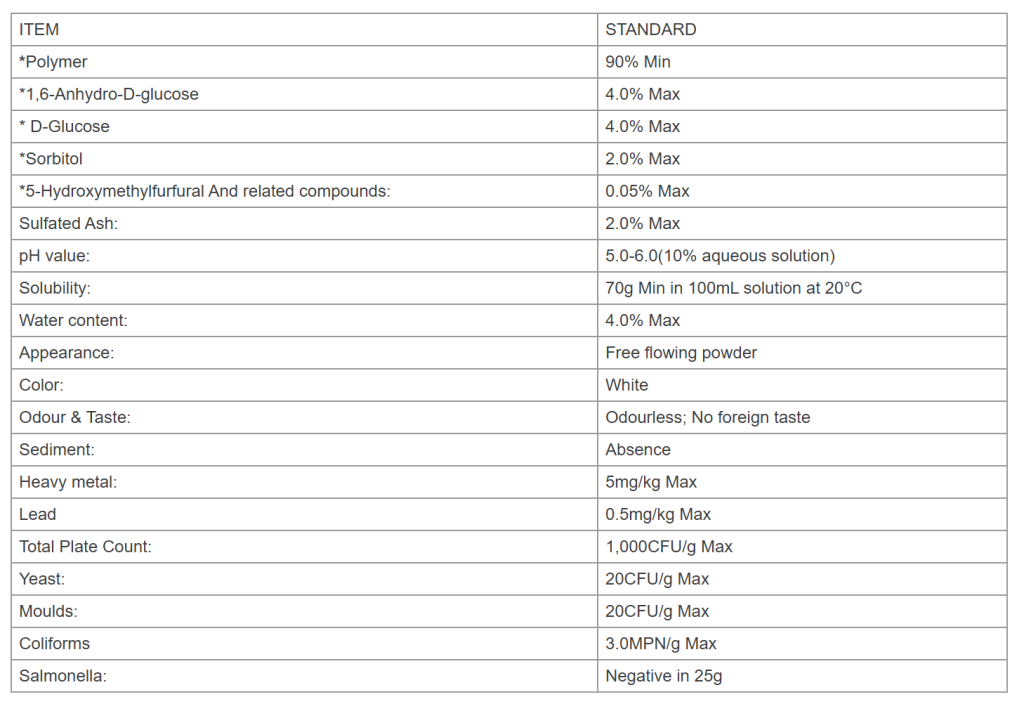
The U.S. Food and Drug Administration (FDA) approved polydextrose as a low-calorie food ingredient in 1981. Japan approved it as a food in 1983.
In Japan it is approved by the government as a safe food ingredient and is used in health drinks and processed foods, among other applications.
How polydextrose powder works in the body
1.Slows digestion of sugars, helping prevent rises in blood sugar
In a large-scale clinical trial investigating the glycemic index conducted under Professor J. Zhong of Shanghai University in China, 120 students took 50 grams of glucose together with 12 grams of polydextrose. The experiment found that the polydextrose lowered the rise in blood sugar and reduced the glycemic index by 12%. It has also been suggested that lowering the rise in blood sugar reduces excess secretion of insulin, which in turn slows fat accumulation.
2.Adsorbs and helps excrete bile acid
Polydextrose powder is said to adsorb bile acid, helping excrete it as stool. Moreover, since bile acid is made from cholesterol in the liver, this action results in a reduction in blood cholesterol.
3.Increases good bacteria in the intestines
Polydextrose powder reduces bad bacteria in the intestines, which has the effect of increasing good bacteria. When eight healthy adult men and women drank a beverage containing polydextrose with a high cholesterol diet, the number and detection rate of bad bacteria in their stools decreased.
Characteristics of polydextrose powder
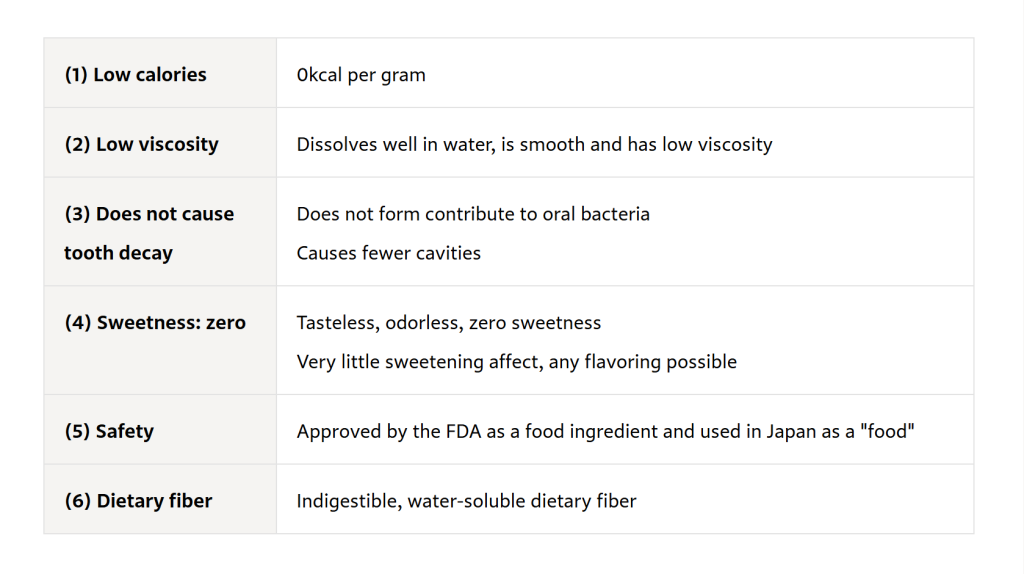
Scientific Substantiation of Benefits
Laxation: Polydextrose consumption increases fecal bulk/weight2 3 4 5 6 7, fecal consistency8 2 6, ease of defecation4, fecal frequency2 4 and decreases transit time9 in healthy adults. Fecal bulking effects were shown to be effective between 8-30 g/day3. The lowest effective dose was 8g/day for improvements in fecal bulk4 and fecal consistency8, whereas ease of defecation and fecal frequency was enhanced with a dose as low as 4g/day4.
Favorable blood glucose response: Compared to glucose which has a glycemic index of 100, polydextrose has a glycemic index of 710. According to an EFSA Panel, a cause and effect relationship has been established between the consumption of foods/drinks containing polydextrose and the reduction of post-prandial blood glucose responses as compared to sugar-containing foods/drinks11. The reduction in postprandial blood glucose and insulin responses has also been observed in individuals with Type 2 diabetes12.
Prebiotic effect: It is generally believed that a prebiotic should selectively increase the growth of beneficial gut bacteria, such as lactic acid bacteria and/or bifidobacteria. Polydextrose intake is associated with increased prebiotic activity.
Satiety: Polydextrose can help support weight management strategies as a replacement for higher calorie components (e.g., fat or sugars) in formulas, which enables development of lower calorie foods, given its calorie contribution is only 1 kcal/g. While additional studies are needed, findings suggest that polydextrose may also increase satiety and reduce energy intake at a subsequent meal.
What types of food is this fiber typically found in?
Polydextrose powder is a source of dietary fiber that can be added to a wide variety of foods such as sugar-reduced, no-added sugar and sugar-free cereals, snacks, bakery items, beverages, dairy products and sauces. It can also be found in traditional bakery items, beverages, dairy products and sauces.
The main brand of Polydextrose powder in the market
